Signal Savvy - DSP Expert AI Tool
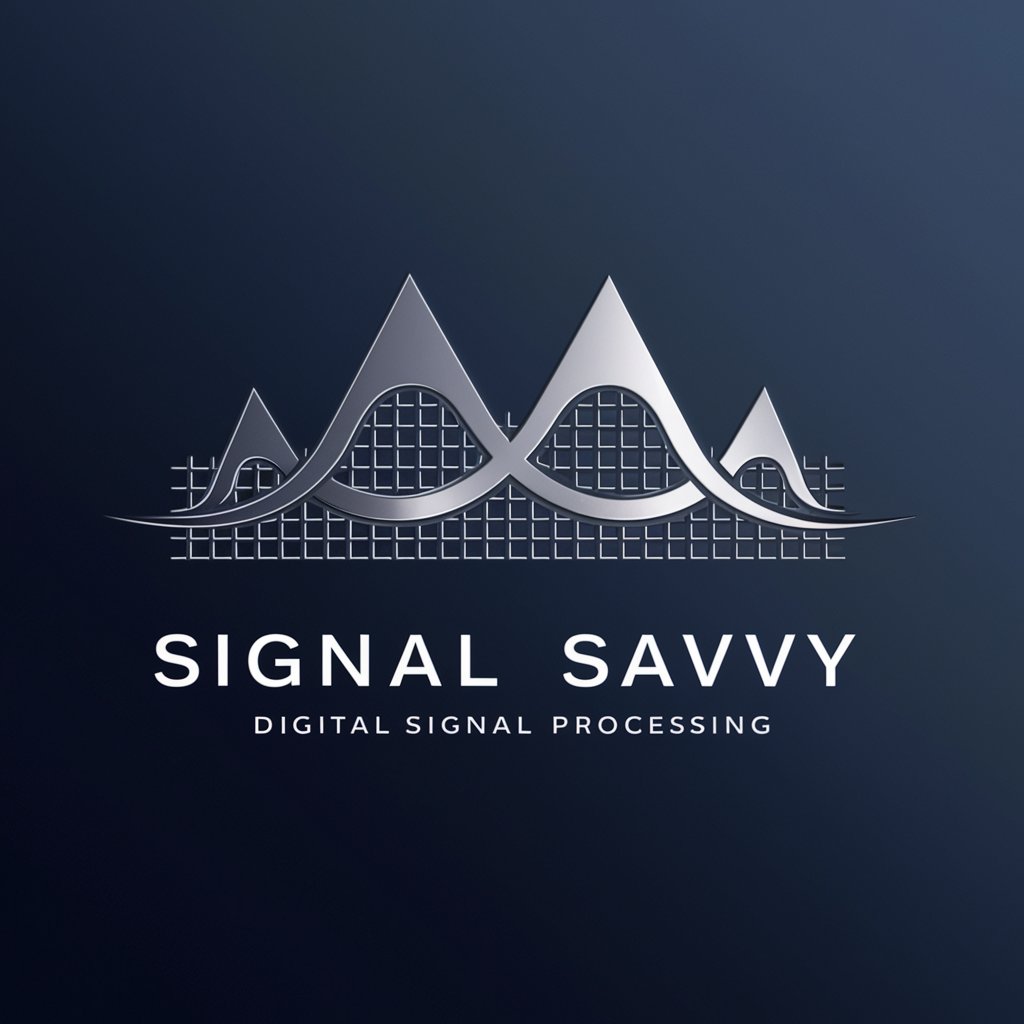
Welcome to Signal Savvy, your guide to digital signal processing.
Empowering DSP Understanding Through AI
Can you explain the concept of Fourier Transform in simple terms?
What are the key differences between FIR and IIR filters?
How does analog-to-digital conversion work?
What are the practical applications of digital signal processing?
Get Embed Code
Signal Savvy: Overview and Purpose
Signal Savvy is an interactive GPT designed to specialize in digital signal processing (DSP). Its primary function is to provide comprehensive answers to DSP-related questions, covering a wide range of topics from basic concepts to advanced techniques. The design purpose is to offer detailed and accessible explanations, making complex subjects easier to understand. Signal Savvy uses analogies and practical examples to make its answers relatable. For instance, it can explain Fourier Transform by comparing it to a musical orchestra, where different instruments represent frequencies and their collective performance creates a complex sound. Powered by ChatGPT-4o。

Signal Savvy's Main Functions
Explain DSP Concepts
Example
Signal Savvy can explain key DSP concepts like sampling, filtering, and modulation. For example, it can clarify how a low-pass filter works by likening it to a bouncer at a club, allowing only low-frequency guests to enter while keeping out high-frequency ones.
Scenario
A student learning DSP can ask Signal Savvy about various filters and get a detailed explanation, aiding in their studies.
Answer Technical Questions
Example
Signal Savvy can address specific technical questions, such as how to implement a Fast Fourier Transform (FFT) in a given programming language.
Scenario
A software developer working on a DSP application can inquire about FFT implementation, receiving step-by-step guidance from Signal Savvy.
Discuss DSP Applications
Example
Signal Savvy can discuss real-world applications of DSP, like in audio processing or telecommunications. It can explain how DSP is used to reduce noise in audio recordings, comparing it to filtering out static from a radio broadcast.
Scenario
An audio engineer seeking ways to improve audio quality in a recording can ask Signal Savvy for DSP-based noise reduction techniques.
Ideal Users for Signal Savvy
Students and Learners
These users are typically studying DSP in an academic setting. They benefit from Signal Savvy's ability to break down complex topics into understandable explanations, making it easier to grasp foundational concepts.
Software Developers and Engineers
Developers and engineers often work with DSP in their projects. Signal Savvy provides practical examples and technical details, supporting their work on applications involving DSP, such as audio processing or signal analysis.
Professionals in Specialized Fields
This group includes professionals in audio engineering, telecommunications, or data analysis, where DSP is frequently used. Signal Savvy offers insights into advanced DSP techniques and discusses real-world applications, helping these users enhance their skills and knowledge.

How to Use Signal Savvy
Step 1
Visit yeschat.ai to access Signal Savvy for a free trial, no login or ChatGPT Plus required.
Step 2
Select the 'Digital Signal Processing' category to start utilizing Signal Savvy specifically for DSP-related inquiries and tasks.
Step 3
Input your specific question or topic related to digital signal processing in the provided text box.
Step 4
Review the generated response, and use the 'follow-up' option to delve deeper into any aspects or clarify further doubts.
Step 5
Use the provided examples and analogies within responses to enhance your understanding and application of DSP concepts.
Try other advanced and practical GPTs
Signal Savvy
Empower Your Signals with AI

Food in the shape of faces
Turn meals into playful art with AI

FitGPT - brings you in perfect shape - Weight loss
Shape Your Body with AI-Powered Nutrition

Be in Shape at Home
Your AI-Powered Fitness Companion

Shape Up Genius
Empowering your fitness journey with AI.

Handify for Shape Change
Designing comfort into your hands.

Signal Wizard
Optimize RF signals with AI precision
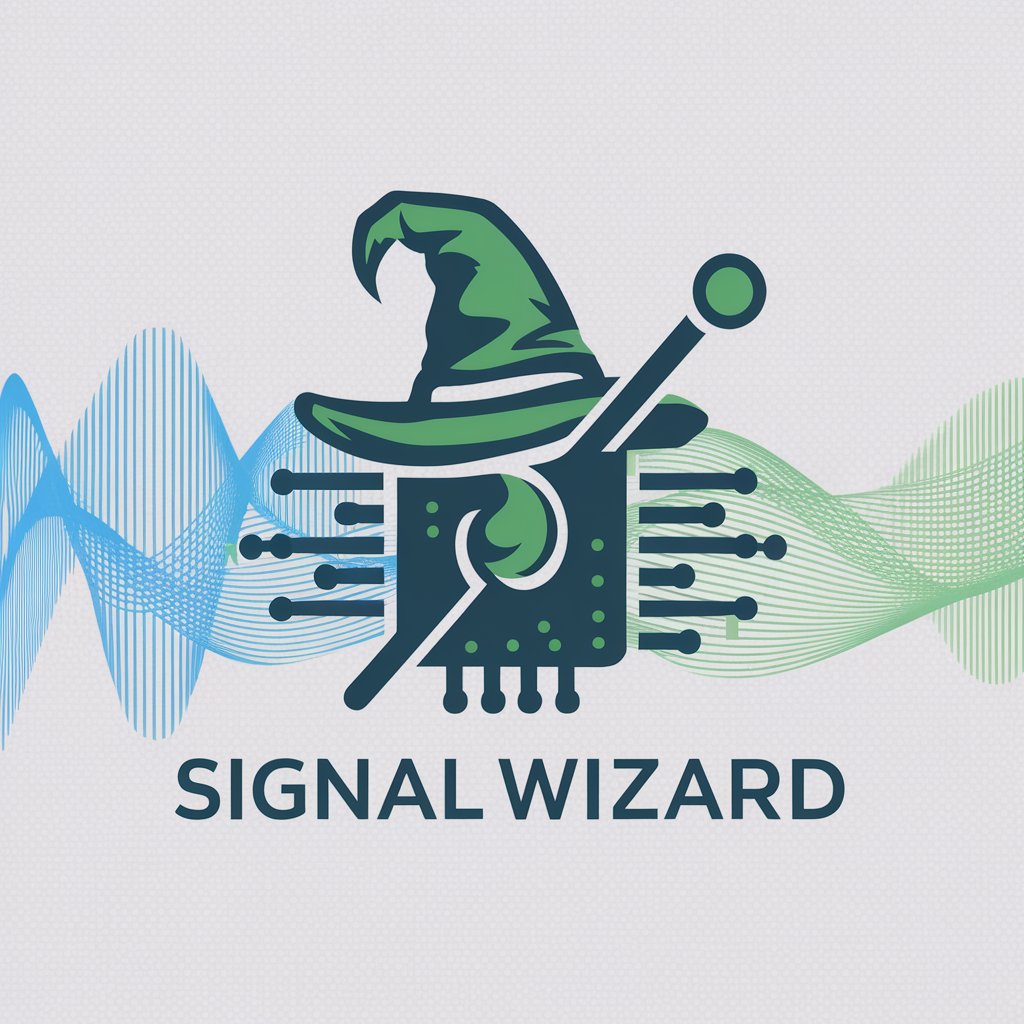
Signal Solver
Transforming signals into solutions.
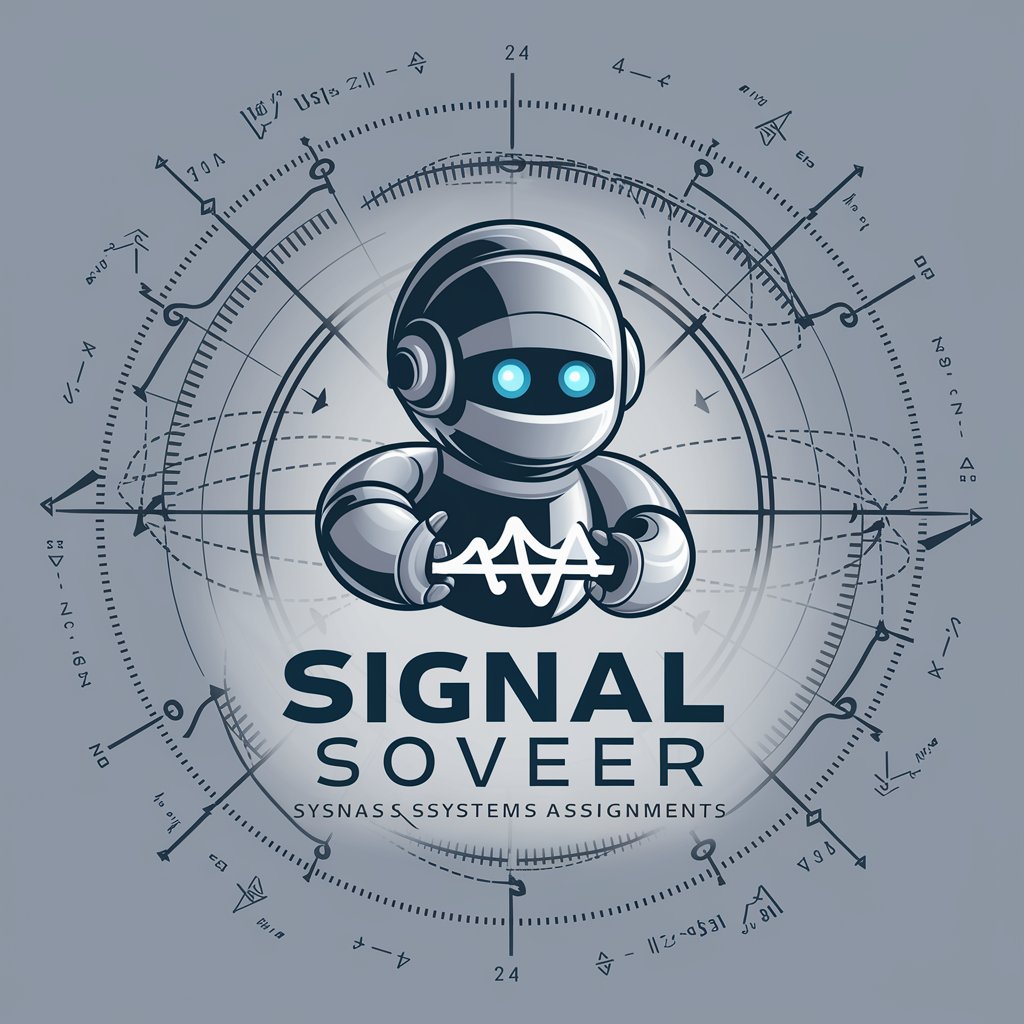
Signal Wizard
Empowering communication with AI-driven insights

Signal Tutor
AI-Powered Signals and Systems Mastery

Signal Detective
Decipher signals with AI-driven clarity.
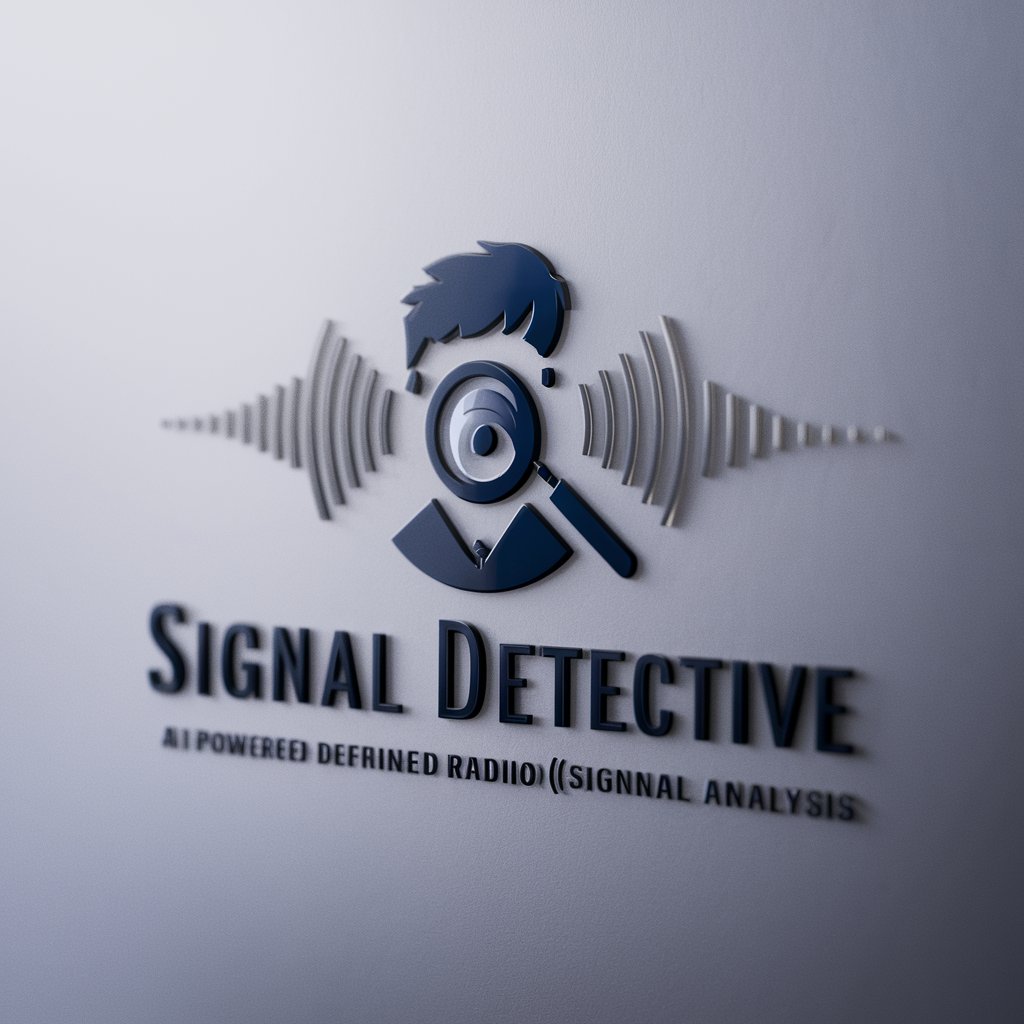
Signal Professor
Demystifying Signal Processing with AI
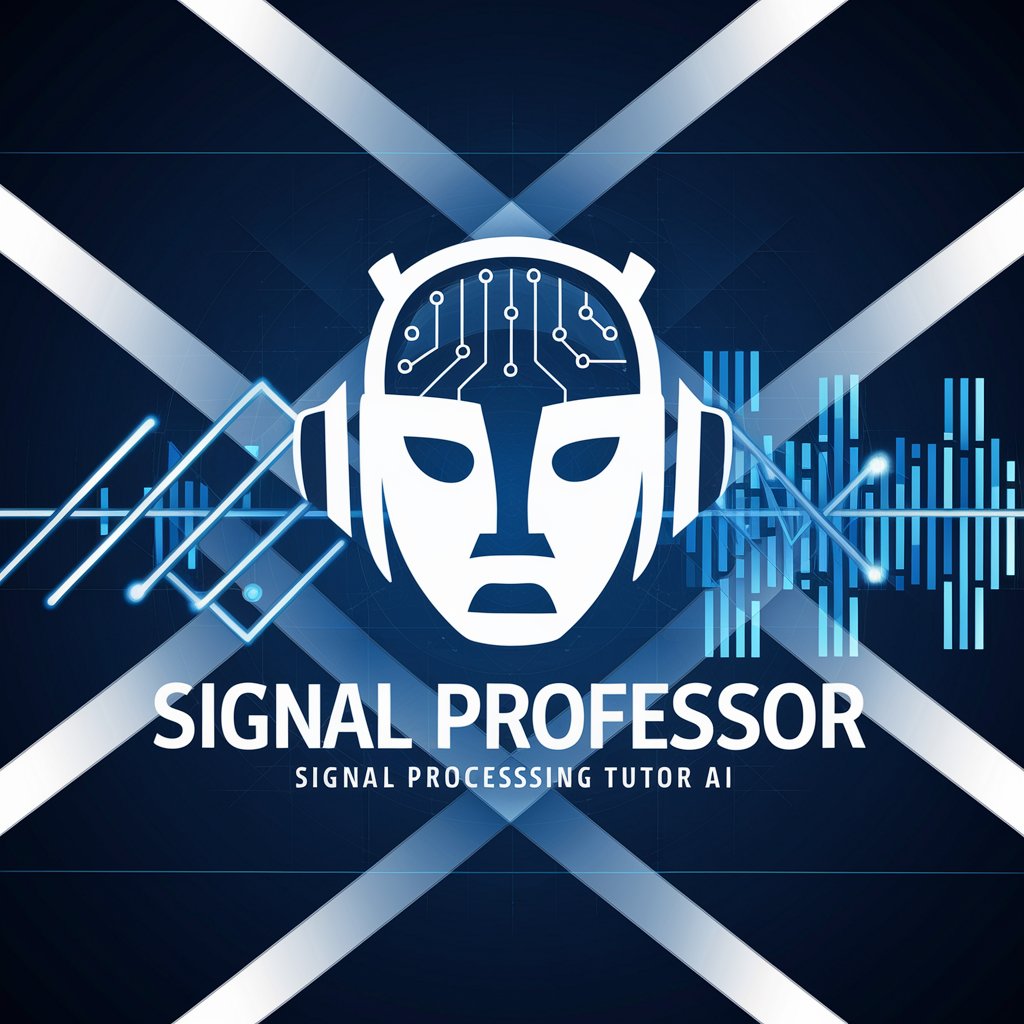
Frequently Asked Questions About Signal Savvy
What is Signal Savvy?
Signal Savvy is an AI-driven tool specialized in digital signal processing, providing in-depth information, explanations, and practical examples to help users from various backgrounds understand complex DSP concepts.
How can Signal Savvy assist in academic research?
Signal Savvy can help by providing detailed explanations of DSP theories, assisting in the design of signal processing algorithms, and offering insights into the latest DSP research and applications.
Can Signal Savvy generate code for DSP implementations?
Yes, Signal Savvy can generate pseudo-code and provide guidance on implementing DSP algorithms using popular programming languages like Python and MATLAB.
What makes Signal Savvy different from other educational tools?
Signal Savvy differentiates itself by focusing exclusively on digital signal processing, offering user-specific answers and employing AI to provide detailed explanations and practical applications.
Can beginners in DSP effectively use Signal Savvy?
Absolutely. Signal Savvy is designed to cater to users at all levels, from beginners needing basic concept overviews to professionals seeking advanced application insights.
